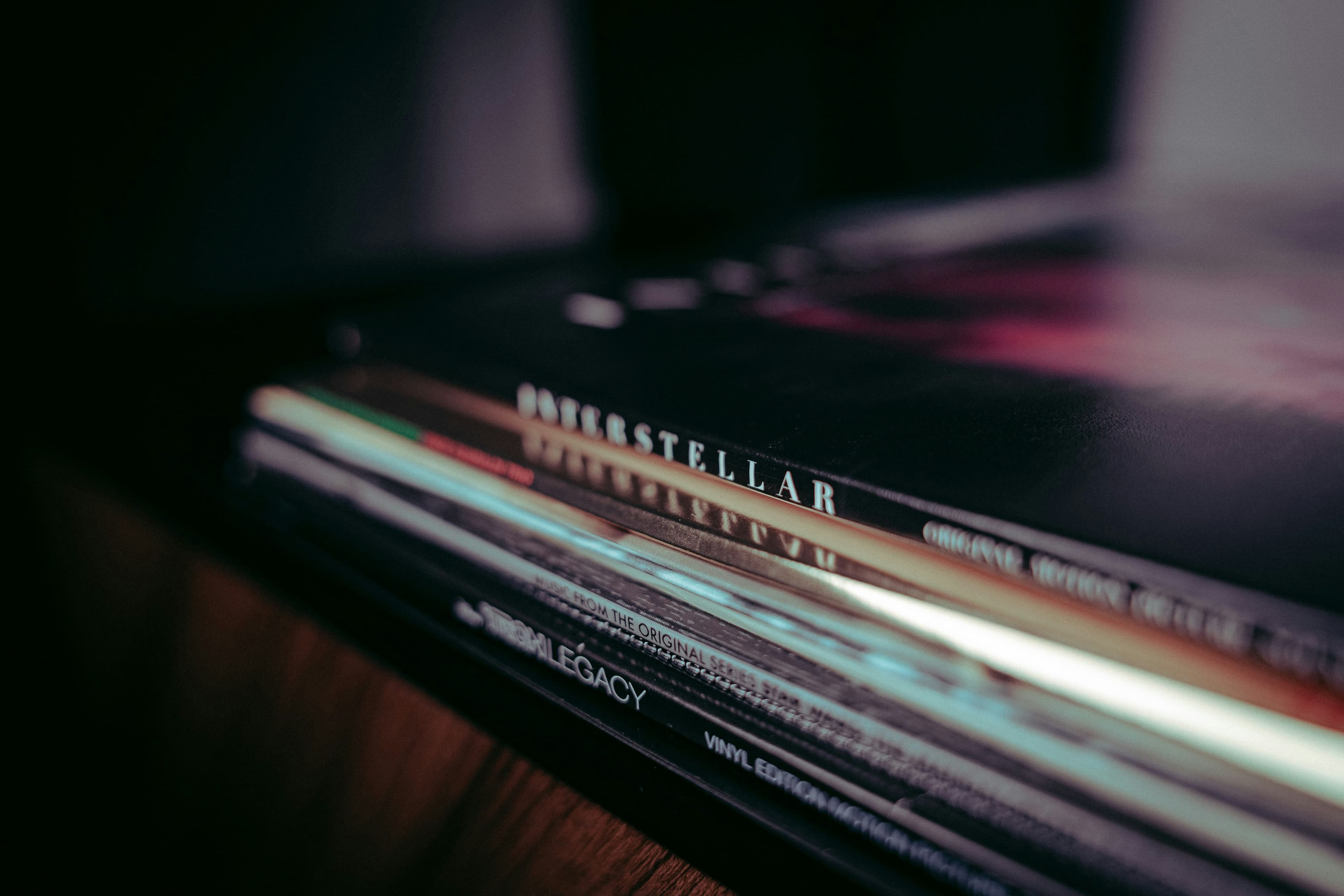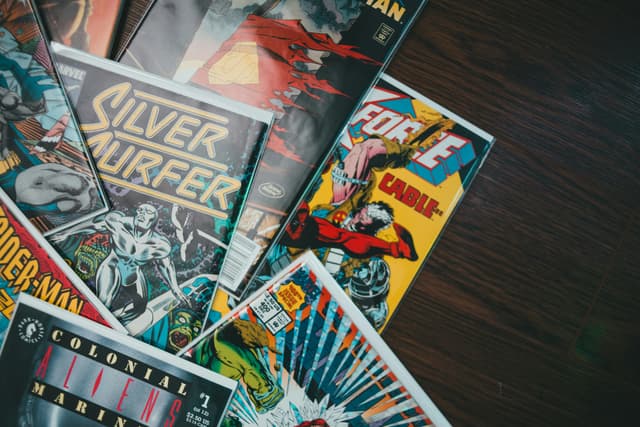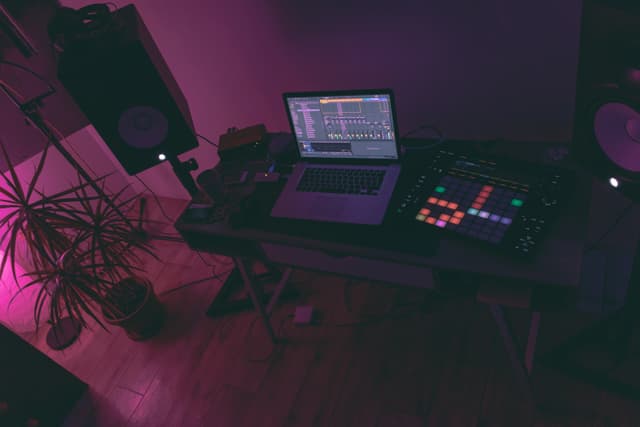Cinematic soundtracks have always been more than mere background music. They are the heartbeat of films, shaping emotions, amplifying tension, and providing the soundtrack to our collective memories. From the first silent films accompanied by live orchestras to the lush, digitally composed scores of today, soundtracks have evolved alongside cinema itself, enriching the storytelling experience. In this article, we explore the transformation of cinematic soundtracks, their cultural significance, and how composers have redefined what it means to score a film.
The Silent Beginnings: A Musical Foundation
When cinema was born at the turn of the 20th century, it arrived silent, relying on visual storytelling alone. But this didn’t mean the absence of music—far from it. In the early years, films were accompanied by live orchestras or pianists who improvised musical scores to match the mood of the scenes. The music was crucial in setting the tone, especially as early films relied heavily on exaggerated facial expressions and physical movement to convey emotion.
The first significant shift came with the advent of synchronized sound in the late 1920s, heralded by the release of The Jazz Singer in 1927. This marked the beginning of the "talkies" era, where the combination of sound and visuals allowed for a more immersive cinematic experience. While dialogue and sound effects became integral to storytelling, music maintained its place as the emotional driver, underscoring drama, suspense, and action.
The Golden Age: Composers Who Defined Cinema
The 1930s and 1940s, known as Hollywood’s Golden Age, saw the rise of iconic composers who left an indelible mark on cinematic music. Names like Max Steiner, Erich Wolfgang Korngold, and Bernard Herrmann became synonymous with the power of film scores. Max Steiner's score for King Kong (1933) is often credited as one of the first fully realized film scores, where music and sound were no longer just an accompaniment but essential to the storytelling.
Steiner’s work on Gone with the Wind (1939) and Casablanca (1942) further demonstrated the ability of music to elevate a film’s emotional depth. Meanwhile, Erich Korngold's swashbuckling scores for The Adventures of Robin Hood (1938) brought a sense of grandeur to adventure films. These composers, among others, transformed film music into an art form that was just as important as the visuals on screen.
Bernard Herrmann’s collaboration with director Alfred Hitchcock produced some of the most memorable and influential scores in cinema history. His score for Psycho (1960) redefined the role of music in thrillers, turning the shrill violins of the famous shower scene into a symbol of terror.
The Rise of Synthesizers: New Wave Soundtracks
The 1980s marked a major shift in cinematic soundtracks with the introduction of synthesizers and electronic music. The days of grand orchestral scores were met with a new, futuristic sound that mirrored the technological advancements of the time. This era brought about a shift from traditional orchestras to electronic music, a sound that became synonymous with films of the decade.
Composers like Vangelis, who scored Blade Runner (1982), and John Carpenter, known for Escape from New York (1981) and The Thing (1982), pioneered the use of synthesizers in film music. Their work helped define the genre of sci-fi soundtracks, creating atmospheric, synth-heavy compositions that were as much a part of the film’s identity as its plot.
In this period, the soundtrack itself became a major cultural product. The Top Gun (1986) soundtrack, filled with iconic hits like "Take My Breath Away" by Berlin, wasn’t just a film score—it was a pop-culture phenomenon, influencing music, fashion, and even societal attitudes of the time.
The Age of the Superhero: Soundtracks as Global Phenomena
By the 21st century, film soundtracks had become a global industry, especially with the rise of blockbuster franchises. The superhero genre, in particular, brought about an explosion of iconic, larger-than-life scores. Hans Zimmer’s work on The Dark Knight trilogy (2005-2012) was a landmark moment in the evolution of film scores. Zimmer’s heavy use of electronic elements, combined with traditional orchestral techniques, helped redefine the superhero genre’s sound.
Zimmer, alongside composer John Williams (creator of Star Wars and Indiana Jones), became a household name. Williams’ scores for Star Wars (1977) and Jurassic Park (1993) were not only emotionally evocative but also inspired entire generations of moviegoers. Williams’ scores became synonymous with the blockbuster experience, signaling a new era in how music could be used to emphasize spectacle.
The MCU (Marvel Cinematic Universe) introduced a new approach to superhero soundtracks, with composers like Alan Silvestri (The Avengers) and Brian Tyler (Iron Man 3) blending epic orchestral arrangements with modern cinematic flourishes, further embedding the soundtrack as part of the cultural zeitgeist.
The Rise of the Independent Film: A Return to Simplicity
As the 21st century saw the dominance of big-budget blockbusters, independent cinema experienced a resurgence, with filmmakers turning to more minimalist soundtracks to complement their stories. Composers like Alexandre Desplat (The King’s Speech, 2010) and Ludovico Einaudi (Intouchables, 2011) became known for creating scores that were as emotionally stirring as they were simple.
These composers often favored solo piano, strings, or subtle electronic elements to evoke emotion, rather than relying on bombastic orchestrations. This return to simplicity in soundtracks mirrored the focus of independent films themselves, which often relied on character-driven stories rather than grand spectacle. The success of films like Lost in Translation (2003) and Her (2013) demonstrated how soundtracks could contribute to a more intimate cinematic experience, proving that sometimes less truly is more.
Soundtracks Beyond the Screen: Cultural Influence
One of the most fascinating developments in the world of film music is how soundtracks have transcended their original context to become cultural artifacts in their own right. Certain scores have taken on lives of their own, becoming integral parts of popular culture.
The Star Wars score, for instance, is instantly recognizable. The music by John Williams has become synonymous with adventure, heroism, and nostalgia, and it has influenced everything from commercials to political campaigns. The Pulp Fiction (1994) soundtrack, curated by Quentin Tarantino, became a defining moment in the rise of the modern film soundtrack album. The mix of surf rock, soul, and pop music became as iconic as the film itself, turning the soundtrack into an experience that exists beyond the movie.
Similarly, the Guardians of the Galaxy (2014) soundtrack revitalized classic pop and rock songs from the 1970s and 1980s, introducing a new generation to artists like David Bowie, Fleetwood Mac, and the Jackson 5. This made the soundtrack an essential part of the film's identity, one that contributed to its box-office success.
The Future of Cinematic Soundtracks: Virtual and Interactive Music
As cinema continues to evolve with advancements in technology, so too do the possibilities for film soundtracks. Virtual reality (VR) and interactive films are presenting new ways to engage with music. Imagine a VR film where the score reacts to your movements or decisions, changing based on your interactions with the virtual world. Composers are already exploring how to make soundtracks more dynamic, providing a personalized experience that adapts in real time.
As films continue to incorporate immersive technology, the future of soundtracks seems limitless. With AI-assisted composition tools, the line between film music and the viewer’s experience will continue to blur, making soundtracks even more integral to storytelling in ways we have yet to fully imagine.
Loading...



